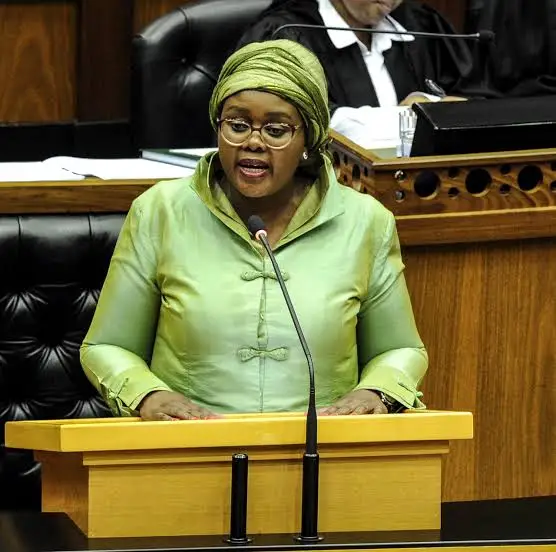South Africa’s equity fines reshape corporate incentives
South Africa enforces revised equity law as USDZAR holds near 17.3 and EZA mirrors reform risk; fines from R1.5 million up to 10% of turnover test governance strength while the 10-year bond yield near 9% tracks investor confidence and regulatory credibility.

South Africa’s move to impose fines starting at R1.5 million or 2% of turnover—rising to 10% for repeat breaches—under the Employment Equity Act (EEA) marks a structural shift in state–market relations. The measure converts what was once advisory policy into binding enforcement aimed at accelerating demographic transformation in the workplace.
It arrives as the economy struggles to lift from a low-growth trap: real GDP is projected at 1.1% in 2025, headline inflation near 3.4%, and unemployment at 33.2%. Fiscal capacity remains constrained, the deficit anchored around 4.8% of GDP, and debt at 73% of GDP. Against that backdrop, enforcement becomes a low-cost political tool to advance inclusion without direct budget expenditure.
From 1 January 2025, every employer with more than 50 employees is designated under the amended law and must align staffing ratios with national targets. Firms that fail to comply face fines and potential exclusion from state contracts. The enforcement model transforms equity reporting into a quasi-fiscal regime: penalties escalate with non-compliance, operating as a tax on inertia.
For sectors such as mining, finance, and heavy manufacturing—where technical skills scarcity remains acute—the reform introduces cost friction and planning risk. Early movers that expanded bursary and apprenticeship pipelines will absorb the shock with less margin compression; laggards risk both regulatory cost and investor discount.
Macro transmission channels run through investment, labour costs, and sovereign risk. Private fixed investment, stagnant near 13% of GDP, remains sensitive to regulatory clarity. The South African 10-year benchmark bond yield traded around 9.0% in mid-October 2025, while the rand (USDZAR) hovered near 17.3. These levels suggest embedded risk rather than acute stress. If enforcement proves transparent and legally consistent, risk premia could narrow by 20–30 basis points as credibility rises.
Arbitrary or politicised application would have the opposite effect, widening spreads and triggering capital outflows. Equity markets have so far priced the change as a medium-term governance test; the iShares MSCI South Africa ETF (NYSEARCA:EZA) has tracked the broader MSCI EM Index but remains exposed to earnings downgrades if compliance costs persist without productivity gains.
Sectoral exposure diverges. Human-capital-intensive industries—banking, telecoms, and professional services—can reweight recruitment pipelines within a fiscal year. Capital-heavy exporters—chemicals, metals, and logistics—face longer recalibration cycles, as engineering talent and certification bottlenecks delay adaptation. The deeper risk is procurement disqualification from public contracts, a key revenue source for mid-tier firms. Mitigation requires complementary policy: targeted vocational funding, recognition-of-prior-learning schemes, and clear audit cycles. Without them, quotas may harden rigidity rather than foster inclusion.
Regionally, South Africa’s enforcement pivot parallels global labour-reform trends: Brazil’s affirmative-action audits, India’s skill-linked hiring mandates, and Malaysia’s localisation quotas all show how social policy intersects with investment behaviour. The difference lies in timing. South Africa’s reform coincides with subdued external demand, tightening global liquidity, and high real rates across emerging markets.
Its success therefore depends on governance precision—whether the legal process signals predictability to investors accustomed to regulatory drift. With net FDI inflows averaging 0.6% of GDP in 2024 and portfolio flows volatile, even modest confidence gains could raise investment by 0.5 percentage points of GDP and stabilise employment growth above 1.5% year-on-year by 2026.
The next 12–18 months will reveal whether enforcement compresses or expands risk premia. Three indicators define success: the rand’s volatility band narrowing below ±3% around USDZAR 17, the 10-year yield settling under 9%, and private fixed investment edging above 14% of GDP. Should these metrics hold, the EEA reform will register as institutional strengthening and policy credibility restoration. Failure would instead entrench a cost-push drag and deepen the country’s low-growth equilibrium.





